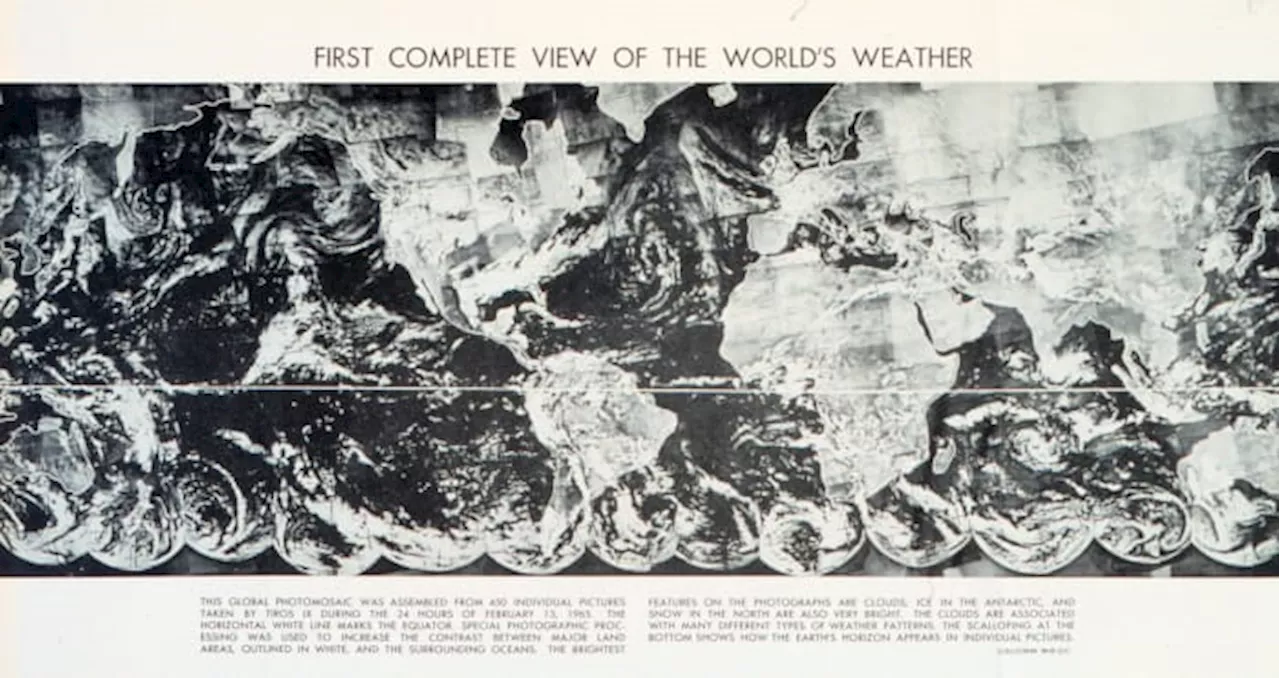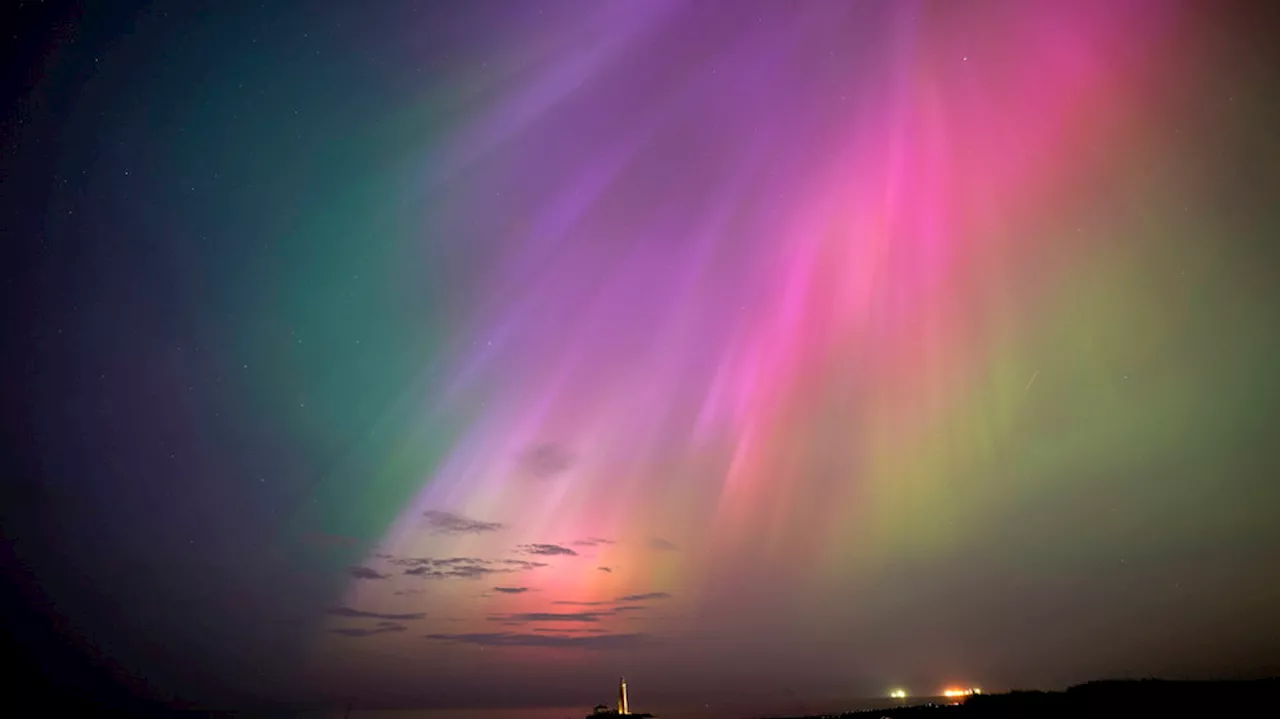Harry is a U.K.-based senior staff writer at Live Science. He studied marine biology at the University of Exeter before training to become a journalist. He covers a wide range of topics including space exploration, planetary science, space weather, climate change, animal behavior, evolution and paleontology.
What's in the photo? A massive, jellyfish-shaped thunderstorm cloud.When was it taken? Sept. 27, 2018.
The oddly shaped cloud, which was roughly 185 miles long, was spotted above central Mali by the Suomi NPP weather satellite, which is co-run by NASA and the National Oceanic and Atmospheric Administration . The"bell" of the jellyfish is located above the city of Mopti, while the"tentacles" stretch into Burkina Faso, according to NASA's Earth Observatory.
"The arc-shape line of clouds is caused by less dense air being lifted up and over the boundary," Joseph Munchak, a meteorologist at NASA's Goddard Space Flight Center, told Earth Observatory. Normally, this creates a large disk of elevated clouds, known as shelf or roll clouds, which often looks like an anvil when viewed from the ground. But in this case, only part of the disk formed because the outflow boundary was partially disrupted by wind shear, Munchak said.
United States Latest News, United States Headlines
Similar News:You can also read news stories similar to this one that we have collected from other news sources.
 Celebrating Earth Day: The first satellite images of the earth were taken 64 years agoTIROS 1 was the first weather satellite, launched in 1960
Celebrating Earth Day: The first satellite images of the earth were taken 64 years agoTIROS 1 was the first weather satellite, launched in 1960
Read more »
 CRMA: Rare earth elements a potential blindspot for EU policymakers and industryNo 1 source of global mining news and opinion
CRMA: Rare earth elements a potential blindspot for EU policymakers and industryNo 1 source of global mining news and opinion
Read more »
 GALLERY: Auroras dazzle Northern Hemisphere as rare solar storm sweeps EarthPeople across the Northern Hemisphere were treated to a dazzling light show late Friday and early Saturday after a rare solar storm swept Earth.
GALLERY: Auroras dazzle Northern Hemisphere as rare solar storm sweeps EarthPeople across the Northern Hemisphere were treated to a dazzling light show late Friday and early Saturday after a rare solar storm swept Earth.
Read more »
 A rare geomagnetic storm is heading to Earth — here’s what it means for critical infrastructureThe National Weather Service issued a rare watch for a “severe” geomagnetic storm. It could have an impact on satellites, the power grid, and other critical infrastructure.
A rare geomagnetic storm is heading to Earth — here’s what it means for critical infrastructureThe National Weather Service issued a rare watch for a “severe” geomagnetic storm. It could have an impact on satellites, the power grid, and other critical infrastructure.
Read more »
 Solar storms could create rare aurora displays, impact communications on Earth this weekendIncreased solar activity could cause auroras as far south as Alabama and Northern California, but may disrupt communications on Earth tonight and over the weekend.
Solar storms could create rare aurora displays, impact communications on Earth this weekendIncreased solar activity could cause auroras as far south as Alabama and Northern California, but may disrupt communications on Earth tonight and over the weekend.
Read more »
 On this day in history, April 22, 1970, first Earth Day is celebrated: 'Rare political alignment'Earth Day, a demonstration against pollution and for improved environmental policies, was first observed on this day in history, April 22, 1970. Demonstrations occurred nationwide.
On this day in history, April 22, 1970, first Earth Day is celebrated: 'Rare political alignment'Earth Day, a demonstration against pollution and for improved environmental policies, was first observed on this day in history, April 22, 1970. Demonstrations occurred nationwide.
Read more »
